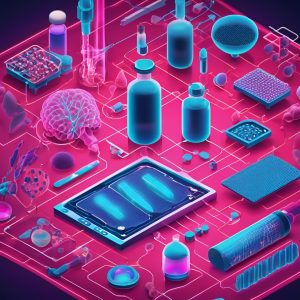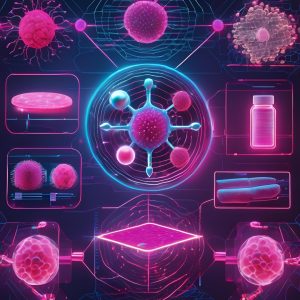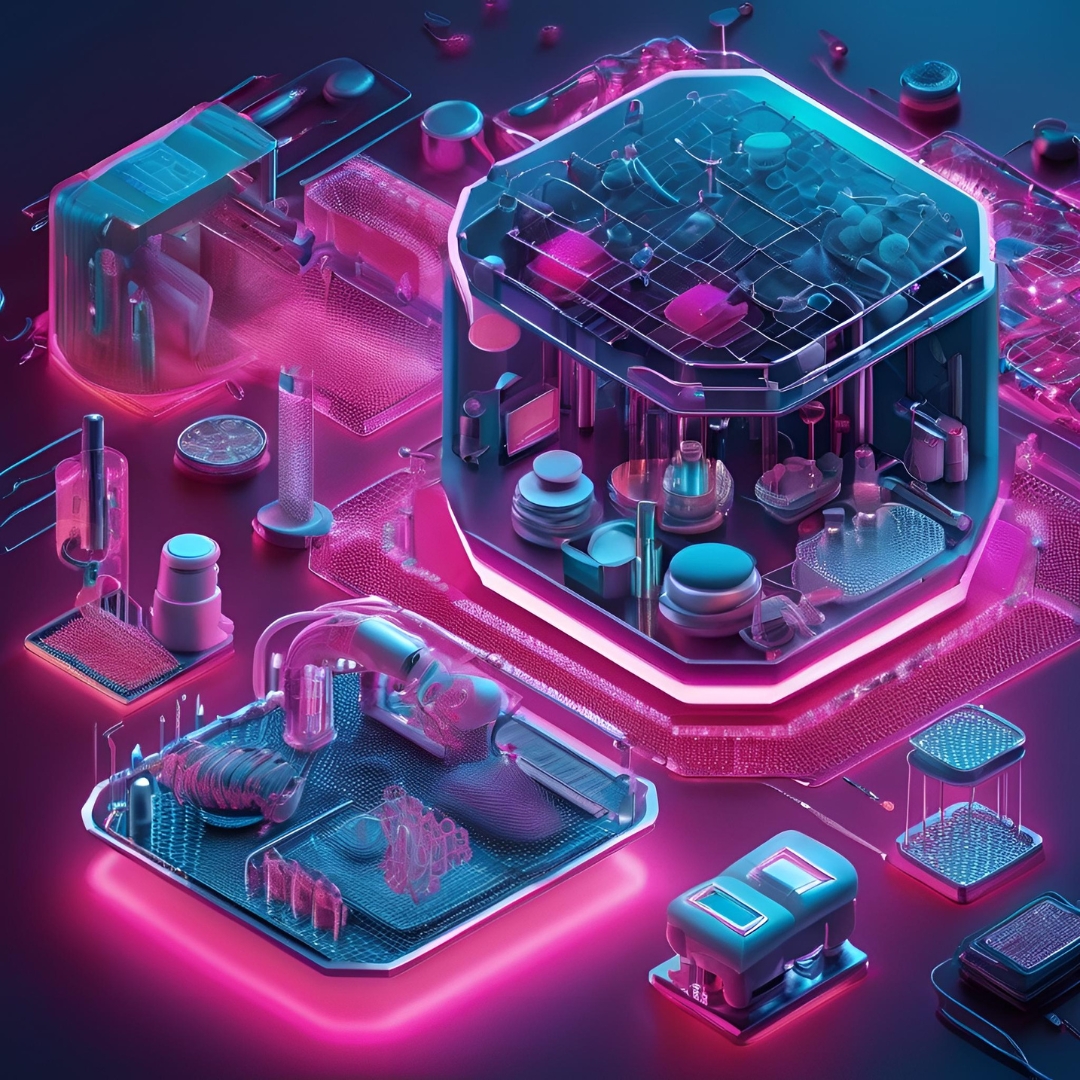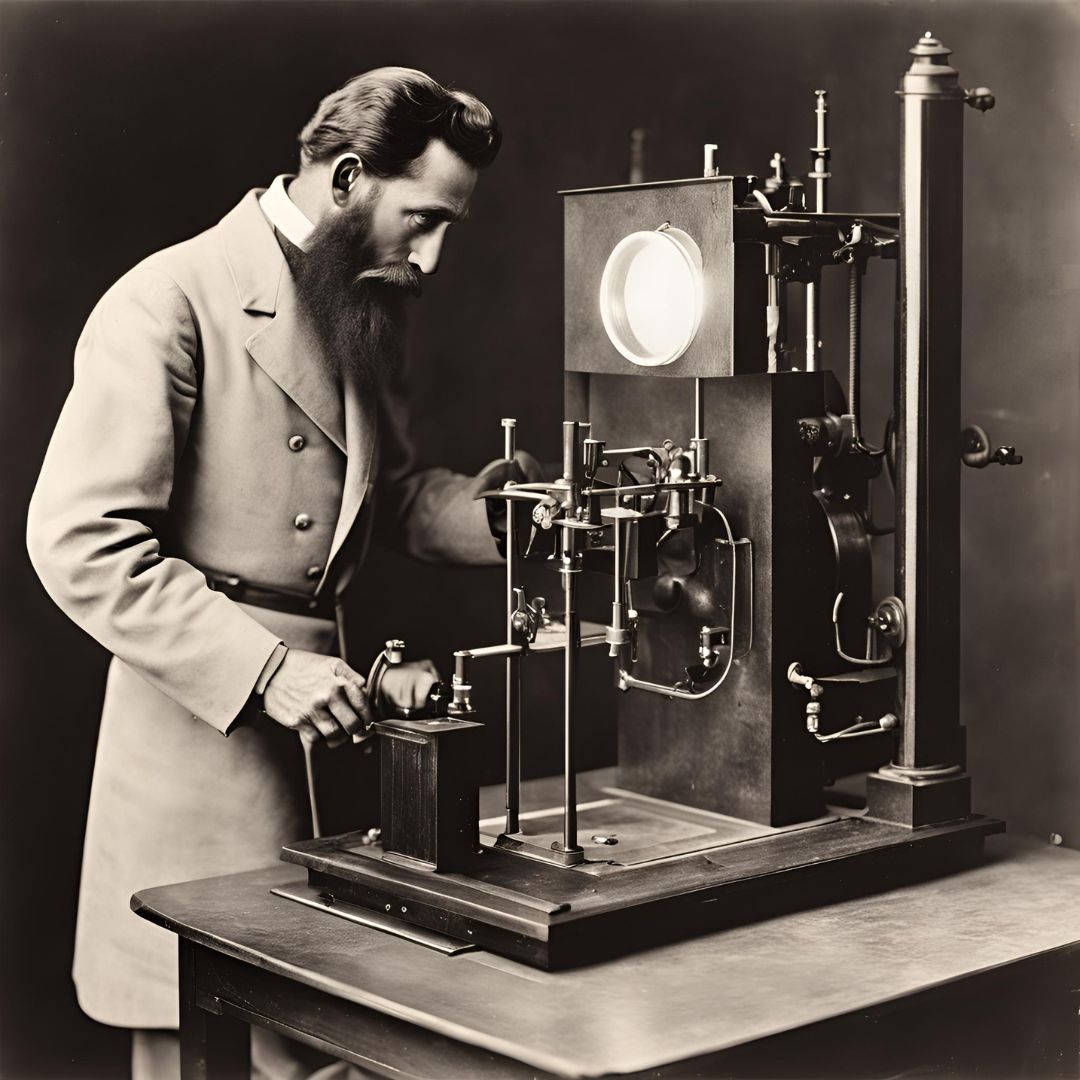Nanotechnology is revolutionizing medicine in ways we could only dream of a few decades ago. Nanotechnology fascinates me because it combines engineering with biology. By working with materials smaller than 100 nanometers, scientists and engineers create new tools. These tools can diagnose, treat, and even prevent diseases at the cellular level. The smallest innovations can have the biggest impacts.
Here’s why nanotechnology is becoming such a game changer in the world of medicine.

What Is Nanotechnology?
Nanotechnology involves manipulating materials on an incredibly small scale—far smaller than what the naked eye can see. At this scale, materials often exhibit different properties than they do in their larger forms, such as increased strength, chemical reactivity, or electrical conductivity. These unique properties allow scientists to design novel materials that can interact with biological systems in ways that were previously unimaginable.
In medicine, nanotechnology can be used to develop everything from targeted drug delivery systems to enhanced imaging techniques, all aimed at improving diagnosis and treatment.

Applications of Nanotechnology in Medicine
The applications of nanotechnology in medicine are broad, and here are some of the most promising areas where nanotechnology is making an impact:
-
Targeted Drug Delivery
One of the most exciting applications of nanotechnology in medicine is targeted drug delivery. Traditional drugs often affect both healthy and diseased cells, leading to side effects and reduced effectiveness. Nanoparticles, however, can be engineered to deliver drugs directly to the diseased cells, minimizing damage to healthy cells and improving treatment outcomes. For example, nanoparticles can be designed to target cancer cells specifically, allowing for higher concentrations of chemotherapy drugs to reach the tumor while sparing surrounding healthy tissues. This approach not only makes treatments more effective but also reduces harmful side effects.
-
Improved Diagnostic Tools
Nanotechnology is also improving diagnostic techniques, allowing for earlier and more accurate detection of diseases. Nano sensors can detect molecular changes in the body at an early stage of disease development, such as the presence of specific proteins associated with cancer.

Nanotechnology These Nano sensors are so sensitive that they can detect diseases even when only a few abnormal cells are present, giving doctors a critical head start in treating patients before the disease progresses. This is particularly useful in conditions like cancer, where early detection is key to successful treatment.
-
Nano robots for Surgery
While still in the experimental stage, Nano robots hold great promise for the future of surgery. These tiny robots could one day be used to perform highly precise surgeries at the cellular level. For example, nanorobots could be deployed to clear blocked arteries, repair damaged tissues, or even deliver medication directly to specific cells. In theory, these nanorobots could reduce the need for invasive surgeries, minimize recovery times, and improve patient outcomes.
-
Regenerative Medicine
This is also playing a role in regenerative medicine. Nanomaterials can be used to support the growth and repair of tissues, helping the body heal itself more effectively. For instance, nanoparticles can be incorporated into scaffolds that help regenerate bone, cartilage, or skin, offering new solutions for patients with injuries or degenerative conditions. These nanomaterials are designed to interact seamlessly with the body’s own cells, promoting tissue growth and regeneration in ways that were not possible before.

Fighting Infections with Nanomedicine Another promising application of nanotechnology is in combating infections. Nanoparticles can be engineered to target bacteria specifically, offering a new way to treat infections without contributing to antibiotic resistance. Additionally, antimicrobial coatings made from nanomaterials can be applied to medical devices, reducing the risk of infection from surgeries or implants.

Challenges and Ethical Considerations
While nanotechnology in medicine holds enormous potential, it’s not without its challenges. One of the biggest hurdles is ensuring the safety of nanoparticles in the body.
Nanoparticles, due to their tiny size, can interact with the body in unexpected ways. This interaction might lead to toxicity or other adverse effects. Rigorous testing is essential to ensure these materials are safe for patients.
There are also ethical concerns surrounding nanotechnology in medicine. For instance, if nanotechnology becomes widely available to enhance human abilities, like cognitive function or physical strength, it could raise issues of equity and fairness in access to these technologies.

The Future of Nanotechnology in Medicine
The future of nanotechnology in medicine is incredibly promising. Researchers are continuously developing new ways to use nanoparticles, nanorobots, and other nanomaterials to diagnose and treat diseases more effectively.
One exciting area of research is personalized nanomedicine. In this field, treatments are tailored to an individual’s unique genetic makeup and health profile. This approach could lead to more effective treatments with fewer side effects than traditional therapies.
Scientists are also exploring how this can prevent diseases before they start. They aim to target and eliminate harmful cells or pathogens at an early stage.






